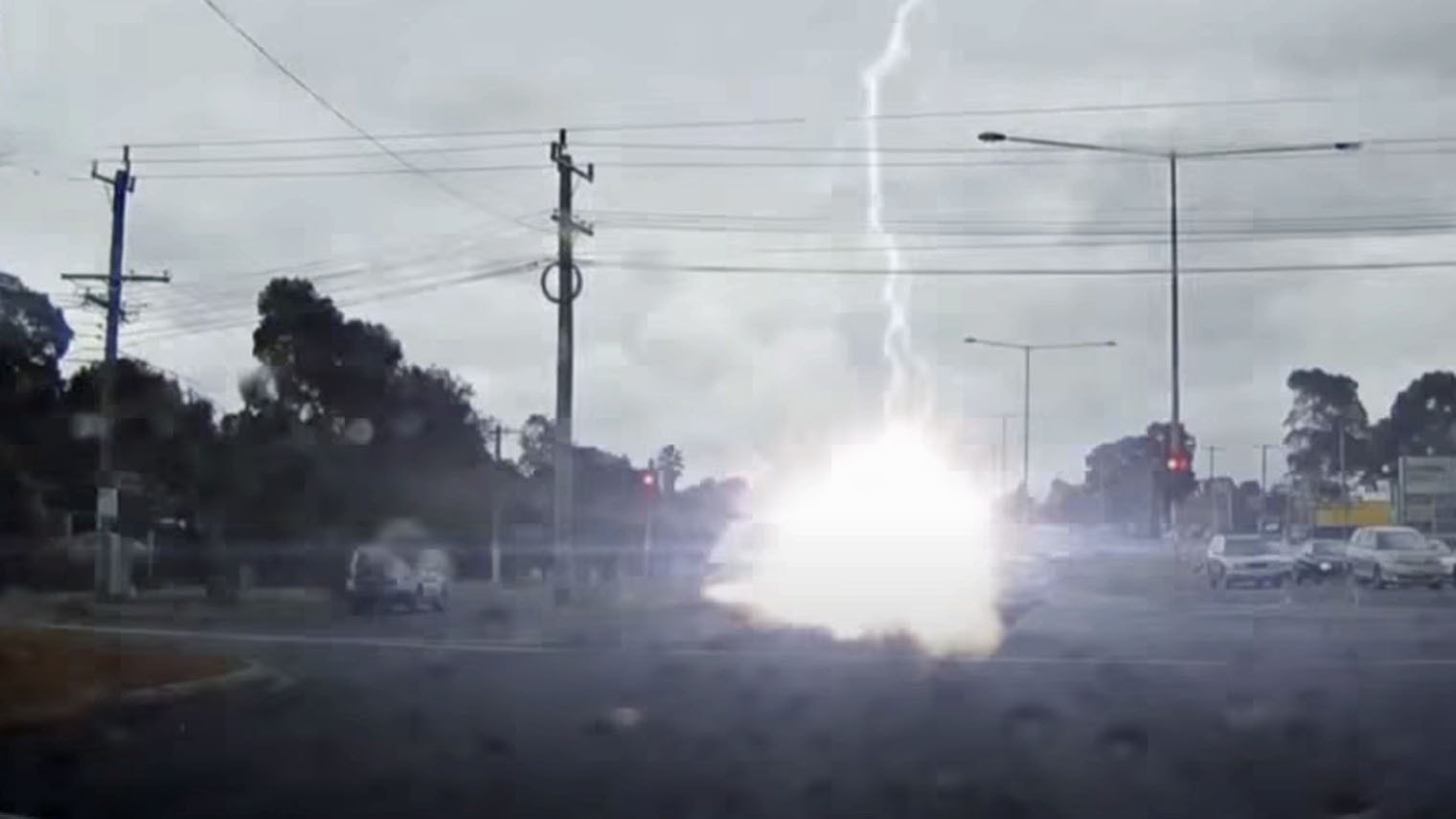Wyoming saw its first lightning fatality in 12 years on Tuesday, when a 22-year-old man was struck and killed by a bolt while camping in Teton County.
The last fatal strikes were in 2010, when two people were killed in separate incidents that summer. The man who was struck and killed this week was part of a wilderness education expedition into the Teton Wilderness through the Lander-Based National Outdoors Leadership School (NOLS), according to Teton County Search And Rescue (TCSAR).
John Jesenius, the director of the National Lightning Safety Council (NLSC), told Cowboy State Daily on Friday that the young man was likely struck because he was unable to find shelter from the storm besides his tent.
“Lightning strike fatalities are a combination of the amount of lightning and also what people are doing outside,” Jesenius said. “When people talk about the odds of getting struck, the general odds around one in 1.5 million of getting hit by lightning. On the other hand, if you ignore the warning signals of a thunderstorm or you just don’t plan ahead to get to a safe place…then your odds actually go up.”
Jesenius said while people in Florida (where thunderstorms happen nearly every day) are theoretically more likely to be struck than someone in Wyoming, the open spaces people love in the western United States can increase the possibility of a lightning strike.
“About two-thirds of the lightning fatalities occur to people enjoying outdoor activities,” he said. “If you are doing one of those activities, you might not be able to get to a safe place to take shelter from a storm. So your odds of being struck are higher, but it’s one of those risks that you have to be willing to take.”
If a person hears thunder, then they are within the vicinity of a potential lightning strike. The peak season for lightning is between June and August, he said.
Safety Tips
To avoid being struck, Jesenius said to remember the phrase “when the thunder roars, go indoors.”
If caught out in the open, he listed six points to follow:
— Immediately get off elevated areas such as hills, mountain ridges, or peaks.
— Never lie flat on the ground. Crouch down in a ball-like position with your head tucked and hands over your ears so that you are down low with minimal contact with the ground.
— Never shelter under an isolated tree. If you are in a forest, shelter near lower trees.
— Never use a cliff or rocky overhang for shelter.
— Immediately get out of and away from ponds, lakes, and other bodies of water.
— Stay away from objects that conduct electricity (such as barbed wire fences, power lines, or windmills).
He also mentioned that separating from others was important as if lightning strikes the ground, there will be fewer injuries.
Open spaces, he said, will not protect people from lightning mentioning vehicles like golf carts, convertibles, and motorcycles.
Same goes for open spaces like gazebos and sports arenas.
And, of course, golf courses, swimming pools, beaches, etc. are to be avoided.
The most common time fatal lightning strikes occur is between the afternoon and evening. The strike that killed the 22-year-old man in Teton County this week occurred around 6 p.m., according to reports.
The most common activities that people are doing when fatally struck by lightning include fishing, recreating at the beach, camping, farming or ranching and riding a bicycle, motorcycle or all-terrain vehicle.
People Do Not Explode
Jesenius also clarified that contrary to some popular misconceptions, people do not explode when struck by lightning, but are rather at risk for cardiac arrest.
“Typically, they will go into cardiac arrest when struck, so knowing CPR is very important to try and revive them,” Jesenius said. “They may have some burns from the lightning strike and sometimes, the lightning can cause the sweat on their body to vaporize and that could cause some of their clothes to blow off.”
Five states (Alaska, Delaware, Hawaii, New Hampshire and Washington state) have not seen a fatal lightning strike since the NLSC’s creation in 2001.
2021 saw the fewest fatal lightning strikes in the last 15 years, with just 11, but as of this week, 2022 had matched that number.
For more safety tips, go here:





